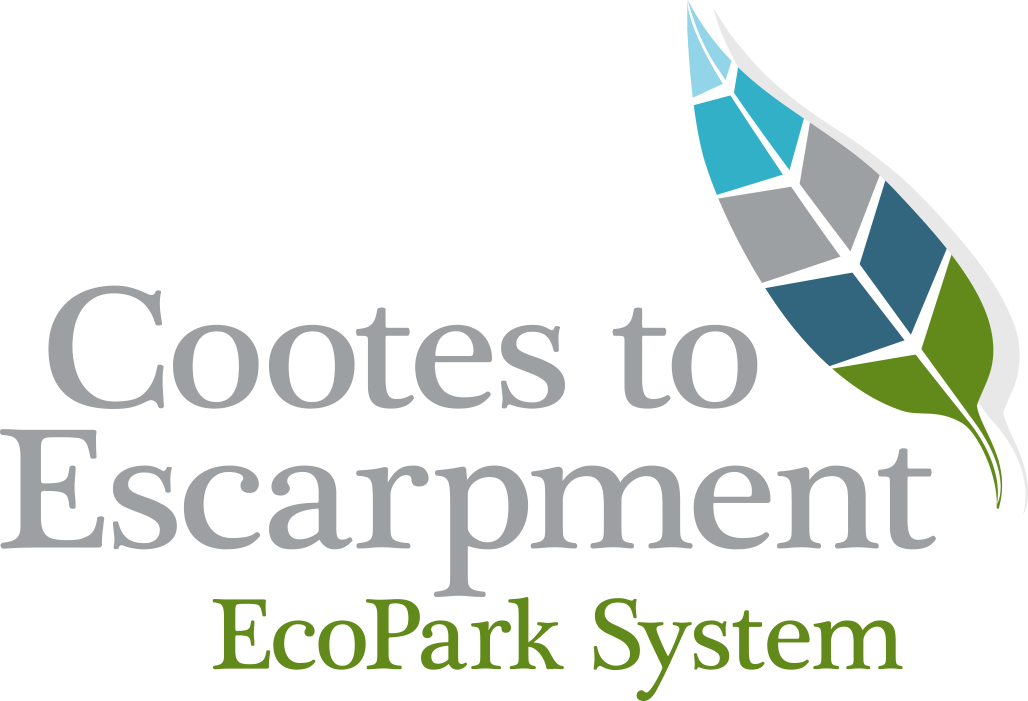Wildlife Corridor Analysis
To achieve biodiversity conservation goals, protecting and restoring habitat connectivity is a crucial step.
A connected landscape enables wildlife to move between suitable habitat and gain access to the best available mates, nesting sites, and food resources. Landscape connectivity also maintains genetic diversity within wildlife populations and facilitates seasonal and climate-driven migrations across the landscape. This is especially important around urban areas, whose natural spaces are often fragmented.
In 2020, ApexRMS conducted a wildlife corridor mapping study to support biodiversity conservation and management activities in the Cootes to Escarpment EcoPark System. With support from the Greenbelt Foundation, the project identified habitat patches and movement corridors that promote landscape connectivity.
Two complementary approaches were used:
1. A generalized approach which identified probable movement corridors for forest- and wetland-dwelling wildlife across the Cootes to Escarpment EcoPark System. We mapped the permeability (or ‘resistance’) of the landscape for animals that avoid unnatural landscape features such as roads and developed land and applied circuit connectivity methods to account for all potential paths across and within the landscape to identify probable movement corridors.
2. A species-specific approach identifying components of connectivity at the species-level (habitat suitability and habitat patch importance for landscape connectivity). Blanding’s turtle, northern short-tailed shrew, and white-tailed deer were selected to reflect the local diversity in terrestrial habitat and connectivity needs.
The study predicts corridors of movement within the Cootes to Escarpment EcoPark System but only a few corridors - to the south-west and to the north - connect the EcoPark System to the broader landscape. The habitat suitability values, summarized across species, confirms that much of the EcoPark System is either highly suitable for a specific species, or broadly suitable for multiple species. However, not all areas of high habitat suitability have high connectivity value and vice versa. Patches of particular importance for maintaining local connectivity are generally large and centrally located, allowing for wildlife movement within their boundaries and providing connectivity among neighbouring patches.
The full Full Report and Summary Report are available below.
Or, watch one of the following presentations about the findings.
